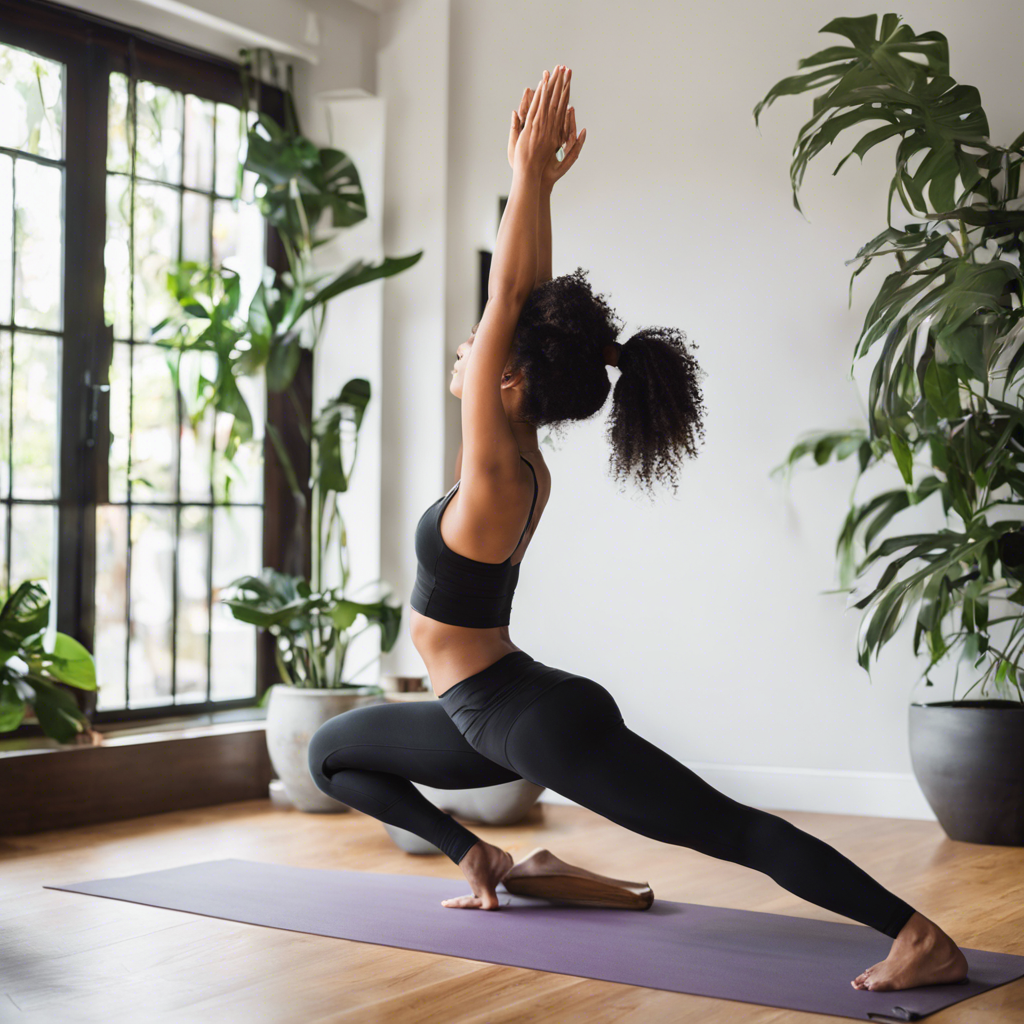Yoga is a great way to improve your flexibility, strength, and peace of mind. But going to a yoga studio can be expensive and intimidating for beginners. The good news is that you can start practicing yoga right in your own home! This guide will help you begin your yoga journey with confidence and ease.
First, let’s talk about what you need to get started. The great thing about yoga is that you don’t need much equipment. A yoga mat is helpful, but if you don’t have one, you can use a towel or practice on a carpet. Comfortable, stretchy clothes are important so you can move freely. You might also want some yoga blocks and a strap, but these aren’t necessary for beginners. You can use books instead of blocks and a belt or towel instead of a strap.
Before you start, it’s important to create a good space for your practice. Find a quiet area in your home where you won’t be disturbed. Make sure you have enough room to stretch out your arms and legs fully. If possible, practice near a wall – this can be helpful for balance in some poses. Keep the space clean and clutter-free to help you focus on your practice.
Now, let’s talk about some basic yoga poses to get you started. The mountain pose is a great place to begin. Stand with your feet together, arms at your sides. Focus on standing tall, with your shoulders back and down. This helps improve your posture and balance. From here, you can move into a forward fold by bending at your hips and reaching for your toes. Don’t worry if you can’t touch your toes – just go as far as is comfortable.
Another important pose for beginners is downward facing dog. Start on your hands and knees, then lift your hips up and back, forming an upside-down V shape with your body. This pose stretches your whole body and builds strength in your arms and legs. Remember to breathe deeply as you hold this pose.
Speaking of breathing, it’s a crucial part of yoga practice. In yoga, we often use something called “ujjayi breath.” To do this, breathe in and out through your nose, slightly constricting the back of your throat. This creates a soft, ocean-like sound. Focusing on your breath helps you stay present and calm during your practice.
As a beginner, it’s important to listen to your body and not push yourself too hard. If a pose feels painful or uncomfortable, ease off or come out of it completely. Yoga should feel challenging but not painful. It’s better to do a modified version of a pose correctly than to strain yourself trying to do the full version.
Consistency is key when starting a yoga practice. Try to practice a little bit every day, even if it’s just for 10 or 15 minutes. As you get more comfortable, you can gradually increase the length of your practice. Many people find it helpful to practice at the same time each day, like first thing in the morning or just before bed.
There are many great resources available for beginner yogis. YouTube has lots of free yoga videos for all levels. Some popular channels include Yoga with Adriene, Yoga with Kassandra, and Fightmaster Yoga. These videos can guide you through a full practice and help you learn proper alignment in poses.
Remember, yoga is not about being perfect or super flexible. It’s about connecting with your body and breath, and finding peace in the present moment. Don’t compare yourself to others or get frustrated if you can’t do certain poses. Every body is different, and your yoga practice is unique to you.
As you continue your yoga journey, you might want to explore different styles of yoga. Hatha yoga is great for beginners, focusing on basic poses and breathing. Vinyasa yoga links movements with breath and can be more challenging. Yin yoga involves holding poses for longer periods and can help improve flexibility. Try different styles to see what you enjoy most.
Starting a yoga practice at home can be a wonderful way to improve your physical and mental wellbeing. Be patient with yourself, enjoy the process, and remember to breathe. Before you know it, you’ll be feeling stronger, more flexible, and more centered. Namaste!
